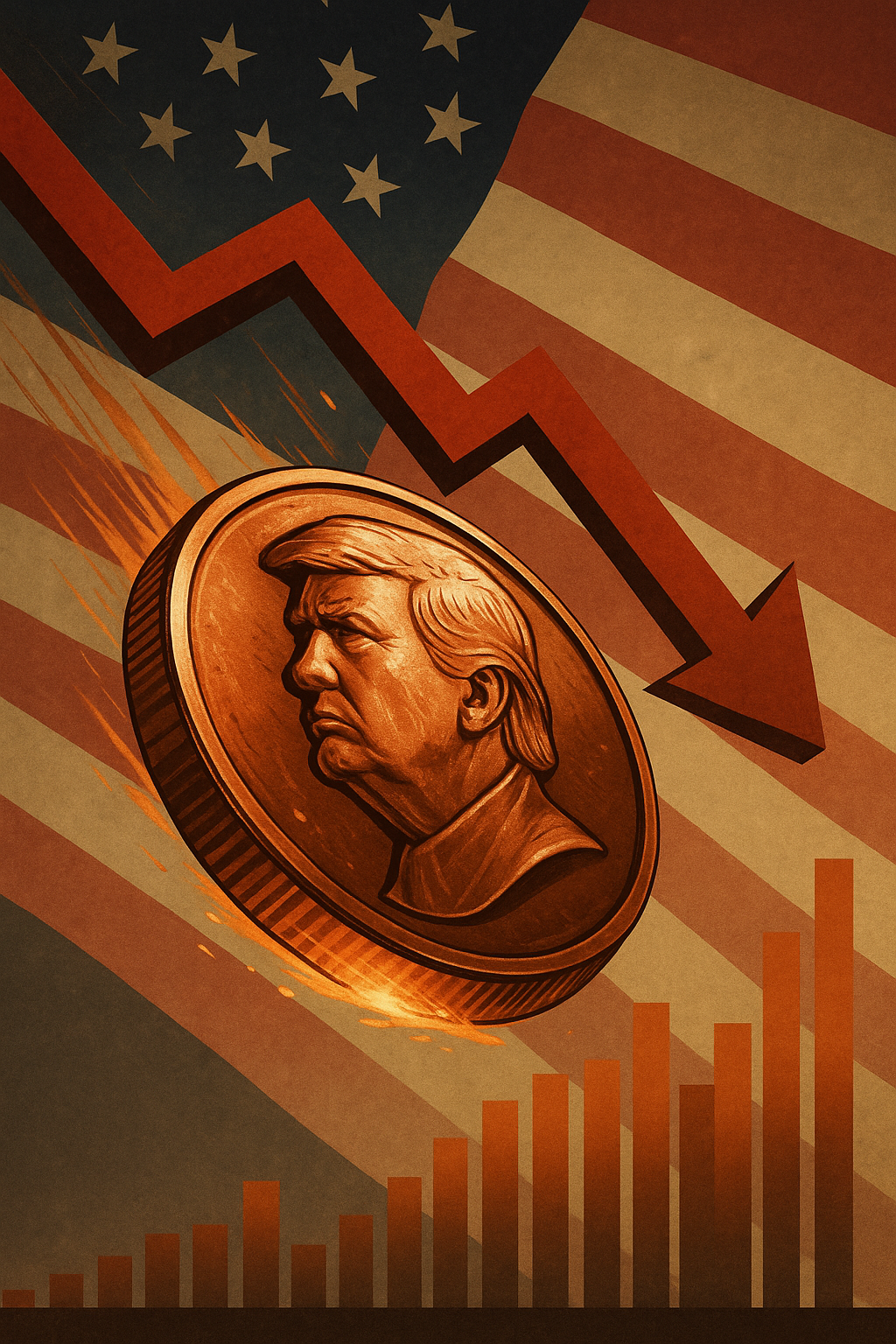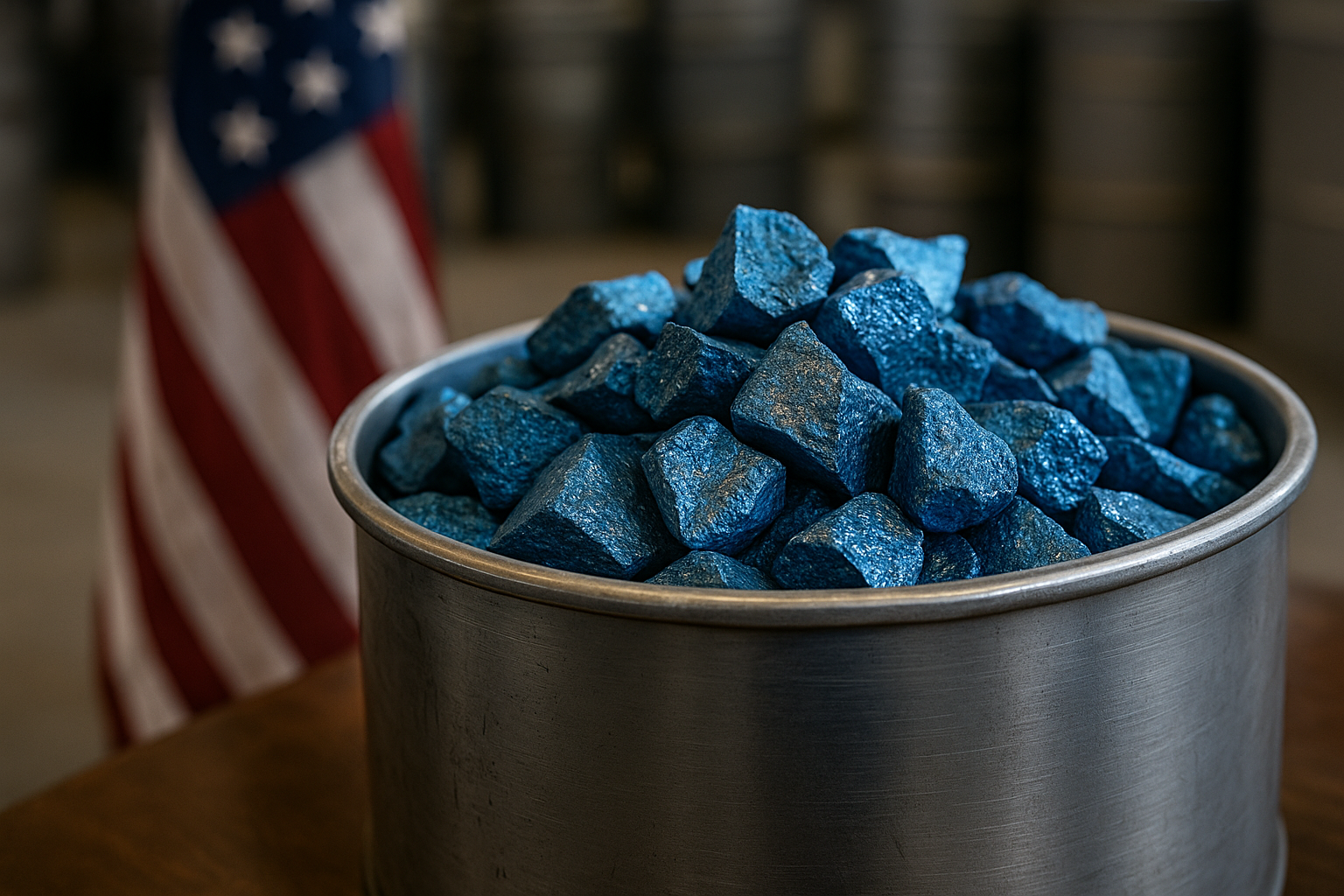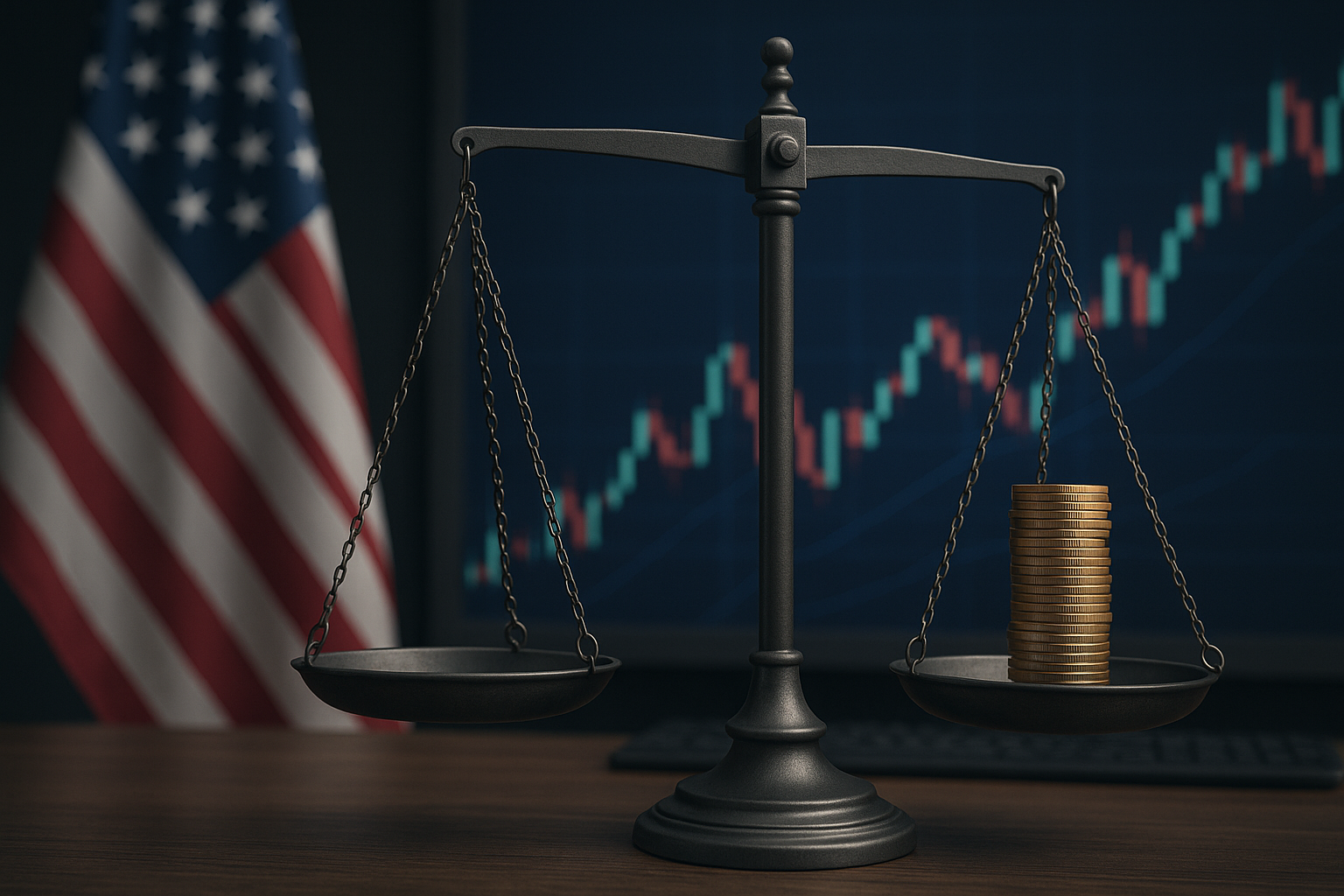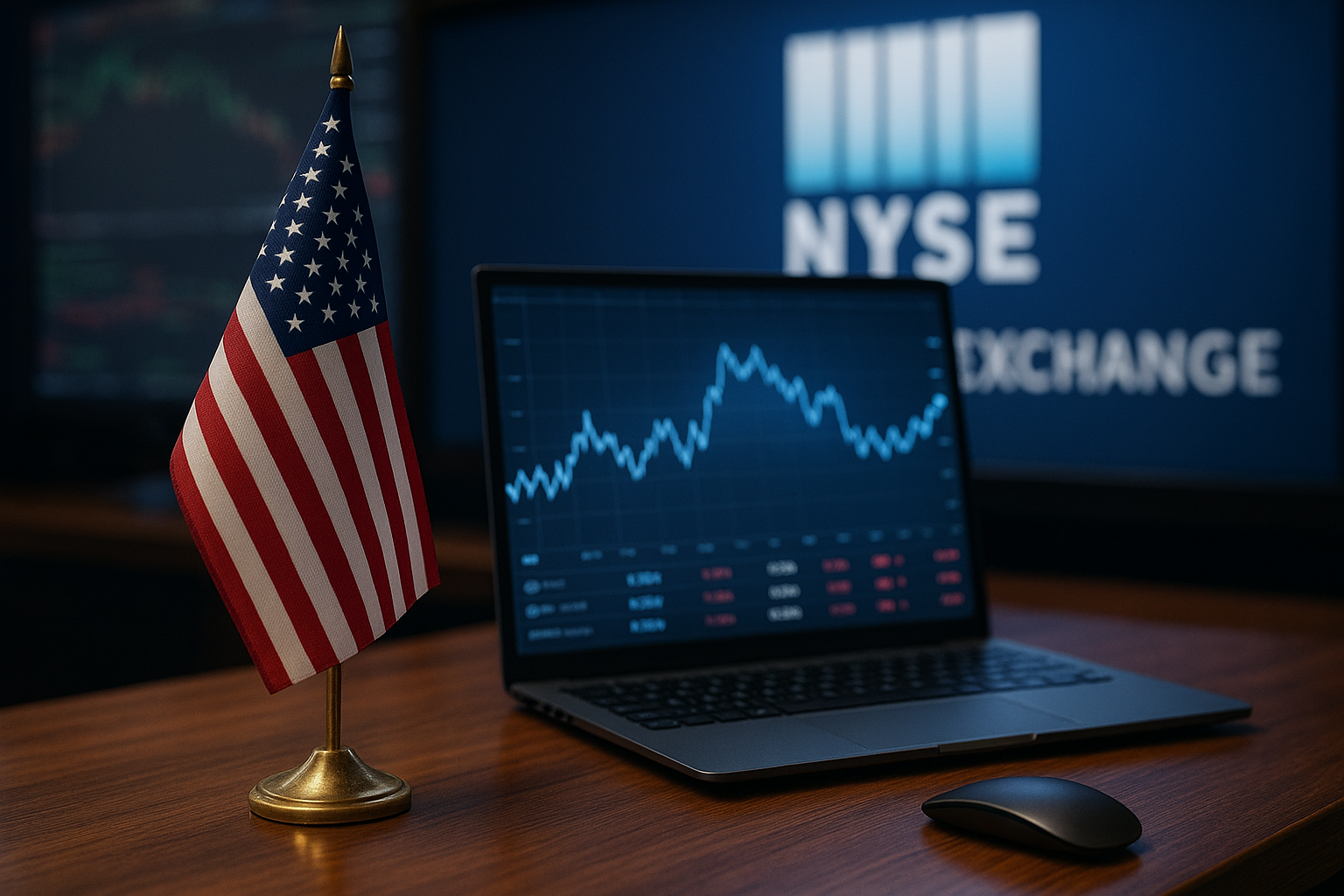Copper prices cratered and mining stocks tumbled this week after a surprise reversal from the Trump administration on a highly anticipated tariff policy. Just days after proposing a sweeping 50% tariff on all copper imports, the White House abruptly announced that raw materials like ore and cathodes would be exempt—targeting only finished copper goods. The market’s response was swift and brutal: U.S. copper futures plunged nearly 20% in 24 hours, dragging major producers like Freeport‑McMoRan and Ivanhoe Electric deep into the red.
This dramatic policy pivot is sending shockwaves through commodities markets and investor portfolios alike.
An Abrupt Policy U-Turn with Global Ripples
The original proposal, floated by Trump aides earlier this month, aimed to “revive American mining and smelting.” Copper prices surged to $5.32/lb last week on expectations of restricted foreign supply. But the final ruling, released Tuesday evening, excluded raw copper inputs—effectively removing pressure from global miners and instead applying tariffs to imported finished copper products such as wiring, pipes, and precision components.
According to The Wall Street Journal and Investors.com, this distinction drastically shifted market sentiment. Traders had priced in a supply crunch; instead, they were met with the opposite: a signal that global ore supply chains remain intact, and that U.S. producers may still face significant downstream competition.
Freeport‑McMoRan ($FCX), one of the world’s largest copper producers, saw its stock drop over 10% on the news. Ivanhoe Electric ($IE), with heavy exposure to North American copper assets, fell even more sharply—down 17% by close of trading Wednesday.
Why This Matters for Investors
This episode underscores a harsh reality for commodity investors: trade policy volatility can be as impactful as market fundamentals.
In recent quarters, copper had re-emerged as a strategic metal, with use in EV batteries, renewable infrastructure, and AI data centers driving long-term demand. Goldman Sachs reiterated its bullish stance on copper earlier this month, forecasting a “structural supply deficit” through 2026. However, this bullish narrative relies heavily on stable policy support and predictable trade flows—elements now clearly in question.
The tariff reversal also complicates capital allocation strategies across the sector. Projects previously expected to benefit from import barriers—such as Arizona-based development sites or midstream copper refiners—now face renewed uncertainty, both from pricing pressure and unclear regulatory tailwinds.
Industry Voices & Market Reaction
“Investors are clearly spooked,” said Lisa Tran, commodities strategist at BMO Capital Markets. “They were positioned for a domestic copper renaissance. Now, with the exemption of raw materials, that narrative has been cut off at the knees.”
Even downstream manufacturers—originally presumed to be protected by the tariff—have expressed confusion. The National Electrical Manufacturers Association (NEMA) released a statement Wednesday urging the administration to clarify the definition of “finished copper products,” noting that many subcomponents cross international borders multiple times during assembly.
Meanwhile, Chinese and Chilean producers welcomed the decision, interpreting it as a retreat from aggressive protectionism.
Future Trends to Watch
Despite the short-term market crash, copper’s macro outlook remains compelling. The International Energy Agency (IEA) projects copper demand will double by 2035 under net-zero scenarios. Yet to benefit from that growth, investors must navigate an increasingly politicized trade environment.
Two key themes are now emerging:
- Vertical integration may be safer than pure mining plays — Companies that control both mining and processing may weather regulatory shifts more effectively.
- Geographic diversification is critical — Firms with exposure to multiple jurisdictions (e.g., Southern Copper, Rio Tinto) may offer more balanced risk profiles.
Key Investment Insight
Investors should re-evaluate holdings in copper-focused assets, particularly those that were priced for a protectionist premium. While the long-term fundamentals of copper remain intact, this episode proves the importance of hedging against policy shocks. Consider shifting toward companies with integrated operations, international asset exposure, or lower leverage in volatile markets.
Those still bullish on copper may find buying opportunities in oversold names—if they have strong balance sheets and diverse revenue streams.
For daily updates and expert analysis on commodities, emerging trends, and financial markets, keep following MoneyNews.Today—your reliable partner for investor-first insights.





